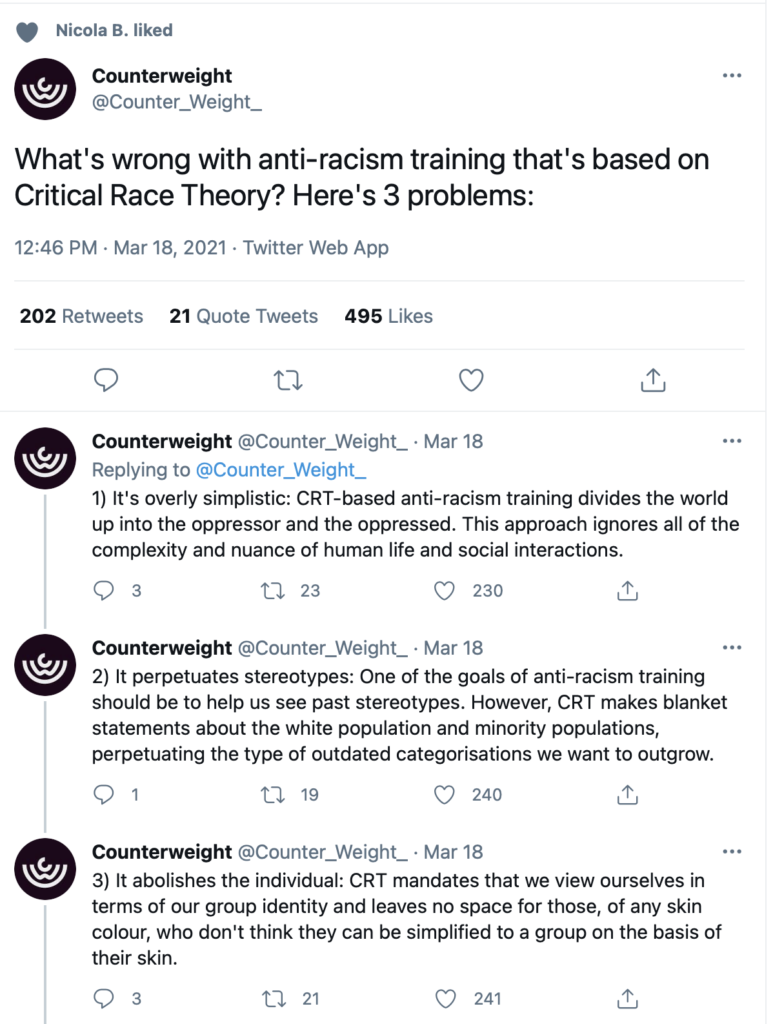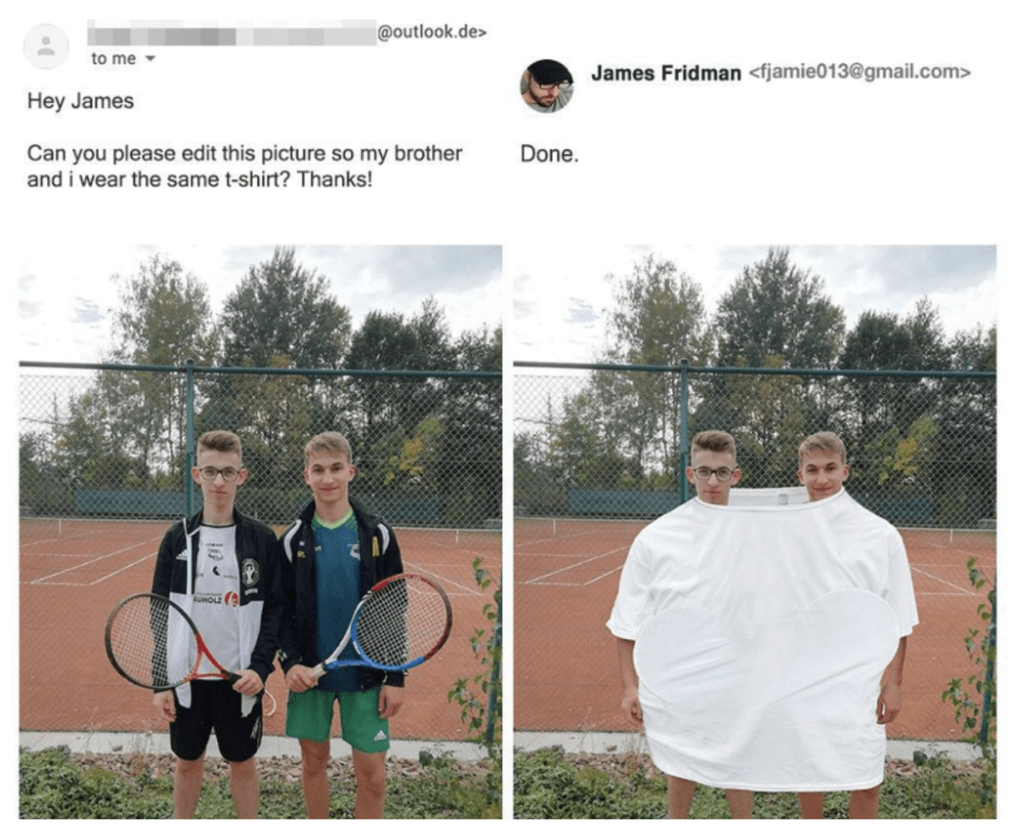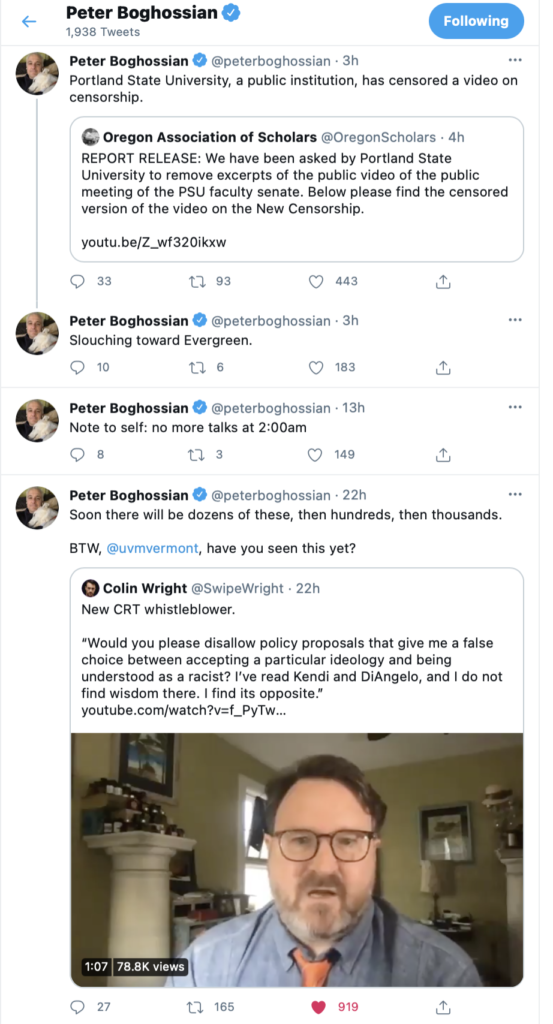To what extent can the government prosecute lies? First Amendment Law Professor Eugene Volokh has written an excellent article considering many angles. Here's an excerpt:
Surprisingly, the Supreme Court has never resolved the question. It hasn’t resolved the big-picture question: When can the government punish lies? It hasn’t resolved the medium-size question: Can the government punish lies in election campaigns? And it hasn’t resolved the particular question: Can the government punish lies about the mechanisms of voting, and in particular about how to vote?
[T]he court considered the case of Xavier Alvarez, a local government official in an LA suburb; he had lied about getting the Congressional Medal of Honor, and was prosecuted under the Stolen Valor Act, a statute that bans such lies about military decorations. Unconstitutional, six justices said. There was broad agreement that “Laws restricting false statements about philosophy, religion, history, the social sciences, the arts, and other matters of public concern … would present a grave and unacceptable danger of suppressing truthful speech.” “The point is not that there is no such thing as truth or falsity in these areas or that the truth is always impossible to ascertain, but rather that it is perilous to permit the state to be the arbiter of truth.” (That’s from the dissent, but the concurrence endorsed it, and the plurality’s opinion was even more speech-protective than the others.)
Yet when it came to more specific lies, whether about one’s own medals or something else, there was no majority opinion.





